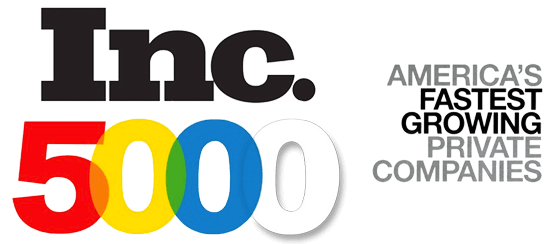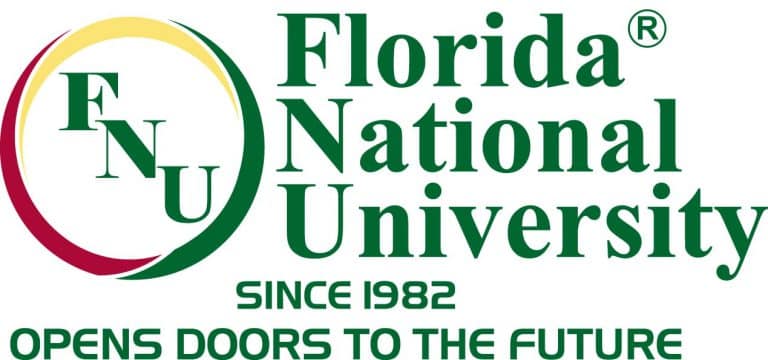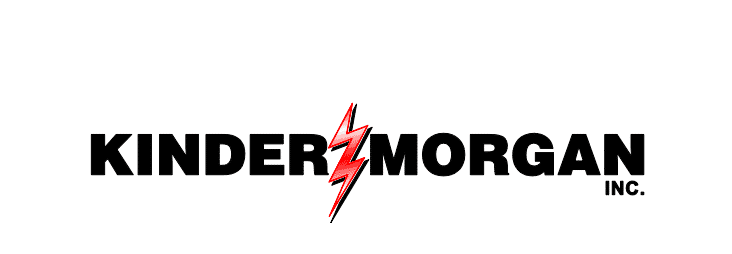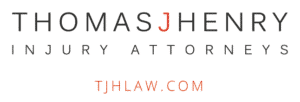
Introduction
Search engine optimization (SEO) has undergone a massive transformation over the years. What once revolved around keyword stuffing and backlinks has now shifted toward delivering the most relevant and user-friendly experience. In 2025, optimizing for search intent has become the key to SEO success. Search engines, especially Google, prioritize content that directly addresses what users are looking for rather than just matching specific keywords.
Understanding search intent allows businesses to create content that aligns with user needs, leading to higher engagement, better rankings, and increased conversions. As search engines become more sophisticated with artificial intelligence (AI) and machine learning, businesses must rethink their SEO strategies to meet these evolving demands.
Understanding Search Intent

Search intent refers to the purpose behind a user’s search query. Every time someone types a question or phrase into Google, they have a specific goal in mind. It could be seeking information, finding a particular website, comparing products, or making a purchase. Understanding this intent is crucial for creating content that satisfies users and ranks well in search results.
Search engines analyze user behavior, click-through rates, and engagement metrics to determine the best content for each query. In 2025, AI-powered search algorithms have become even better at identifying true intent, filtering out irrelevant pages, and ranking only the most useful content. This means that businesses can no longer rely solely on keywords; they must ensure their content meets the actual needs of their audience.
How Google Interprets Search Intent

Google’s search algorithms have evolved to prioritize intent-driven results. With advancements like Google’s Multitask Unified Model (MUM) and Bard AI, the search engine can now analyze and understand the context of queries better than ever before. These AI models use natural language processing to grasp the meaning behind words, even if they are phrased differently.
Google also looks at SERP features like featured snippets, knowledge panels, and “People Also Ask” boxes to determine what users find most useful. If a query results in a listicle ranking at the top, it signals that users prefer list-based answers for that particular intent. Businesses must study these search results to understand what type of content performs best for their target keywords.
Crafting Content That Matches Search Intent

To rank effectively, content must be structured in a way that directly aligns with search intent. This means choosing the right format, tone, and level of detail based on what users expect to see. A search for “how to lose weight” will typically return guides, blog posts, and video tutorials, whereas a query like “best protein powders for weight loss” will feature product lists, comparison articles, and shopping results.
Understanding search behavior allows businesses to create the right type of content for each query. Informational searches require in-depth explanations, tutorials, and step-by-step guides, while transactional searches need product descriptions, pricing details, and calls to action. The more closely content aligns with what users expect, the better it will perform in search rankings.
The Evolution of Keyword Research in 2025

Keyword research in 2025 is no longer about finding the most searched terms but rather understanding the underlying intent behind those terms. Traditional SEO tools still provide valuable keyword insights, but the focus has shifted towards contextual relevance rather than keyword density.
Modern keyword research now involves analyzing user behavior, SERP trends, and voice search patterns. AI-powered SEO tools use predictive analytics to determine what types of content are most likely to rank for a given search intent. Long-tail keywords, conversational phrases, and question-based queries are more important than ever, as they align with natural language processing and voice search trends.
Businesses must conduct search intent analysis alongside keyword research to identify content opportunities that match what users actually want. This means studying the top-ranking pages, assessing user engagement metrics, and refining content strategies to better meet demand.
Optimizing for the Four Main Types of Search Intent

There are four primary types of search intent: informational, navigational, commercial, and transactional. Each type requires a different approach to content creation and optimization.
Informational intent refers to searches where users are looking for knowledge, such as “how to start a garden” or “what is blockchain technology.” These searches require comprehensive blog posts, how-to guides, FAQs, and educational videos. Content must be authoritative, detailed, and easy to digest to rank well for these queries.
Navigational intent is when users are looking for a specific website, brand, or service, such as “Nike official website” or “Facebook login.” The best way to optimize for this intent is through strong brand visibility, accurate meta descriptions, and ensuring the website appears in Google’s site links and knowledge panels.
Commercial intent includes searches where users are considering a purchase but need more information before making a decision, such as “best smartphones under $500” or “top-rated digital marketing agencies.” Content like product comparisons, reviews, and buying guides works best for these queries. Businesses should focus on trust-building, detailed explanations, and high-quality images to capture these searchers.
Transactional intent refers to searches where users are ready to take action, such as “buy MacBook Pro online” or “order pizza near me.” The focus here should be on clear CTAs, fast-loading product pages, seamless checkout experiences, and local SEO optimization to convert users efficiently.
Leveraging AI and Machine Learning for Search Intent Optimization

Artificial intelligence and machine learning have revolutionized SEO, making it easier to analyze search intent and personalize content accordingly. AI-powered tools like Google’s RankBrain, BERT, and MUM help search engines understand queries in a human-like manner.
Businesses can leverage AI to enhance their SEO strategies by using advanced content analysis, predictive search intent models, and automated keyword clustering. AI tools can also provide insights into user behavior patterns, engagement trends, and content gaps, allowing marketers to refine their strategies for better search performance.
Chatbots, AI-driven content optimization tools, and voice search assistants also play a significant role in search intent optimization. By integrating AI-powered solutions, businesses can create content that adapts to evolving search patterns and user expectations.
The Role of User Experience (UX) in Search Intent Optimization

Search intent isn’t just about content—it’s also about how users interact with a website. A seamless, user-friendly experience increases engagement, reduces bounce rates, and improves search rankings.
Google considers factors like page speed, mobile responsiveness, and navigation ease when ranking websites. If a page loads slowly or has poor usability, it won’t rank well, even if the content is high-quality.
Optimizing UX means ensuring fast load times, intuitive layouts, clear calls to action, and engaging multimedia elements like images, videos, and interactive content. Websites that prioritize accessibility, mobile optimization, and structured content are more likely to rank well in 2025.
The Future of Search Intent Optimization

As technology continues to evolve, search engines will become even better at understanding user needs and intent. Voice search, AI-driven search algorithms, and personalized search results will shape the future of SEO.
Marketers must stay ahead of these trends by focusing on natural language content, conversational queries, and AI-enhanced content creation. As search engines rely more on real-time data and machine learning, businesses that prioritize search intent over keyword stuffing will thrive in the competitive digital landscape.
Conclusion

In 2025, SEO is no longer just about inserting the right keywords—it’s about understanding and fulfilling search intent. Businesses that align their content with user expectations, search behavior, and AI-driven insights will achieve greater visibility and engagement.
By focusing on contextual relevance, user experience, and AI-powered tools, marketers can create content that not only ranks higher but also resonates with their target audience. As search engines continue to evolve, optimizing for search intent will be the defining factor for SEO success in the years to come.






















